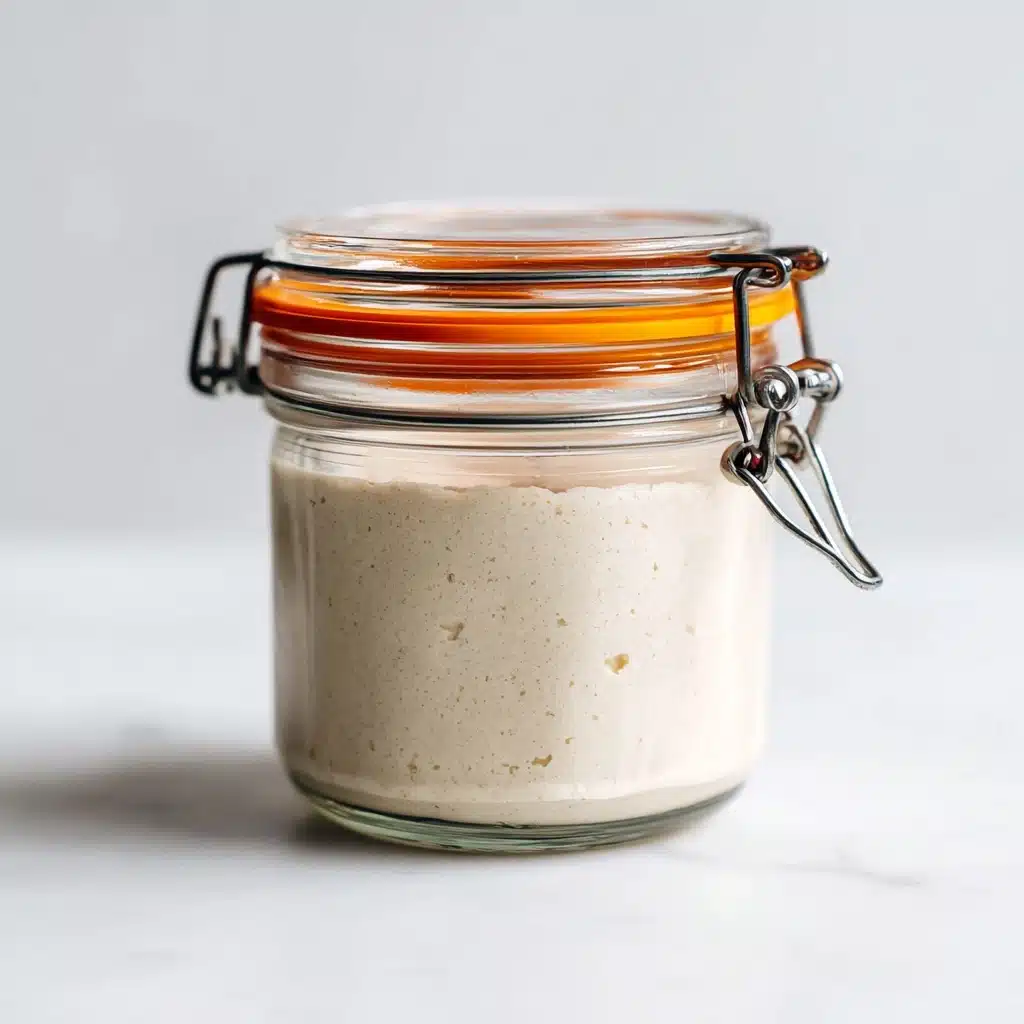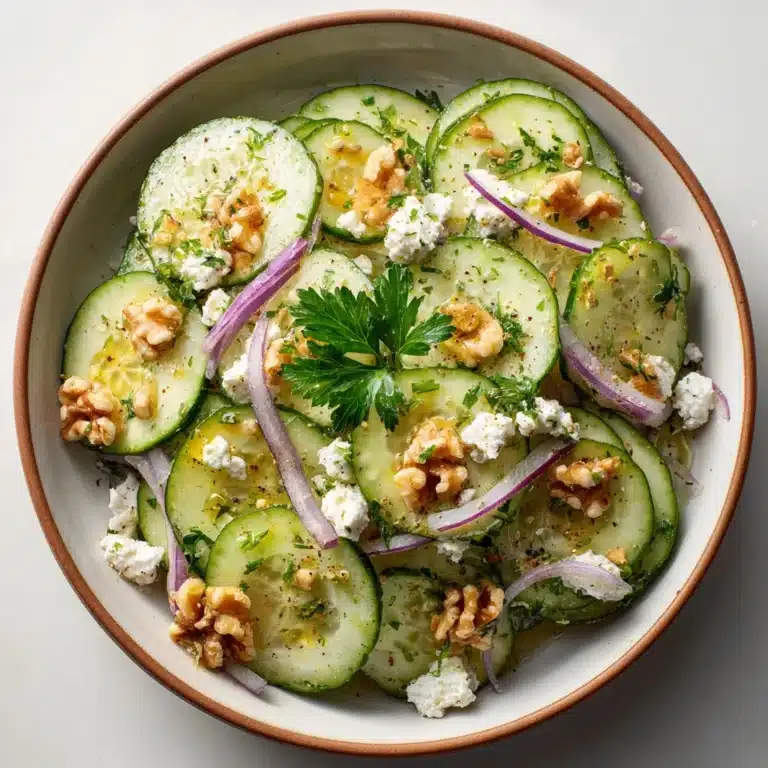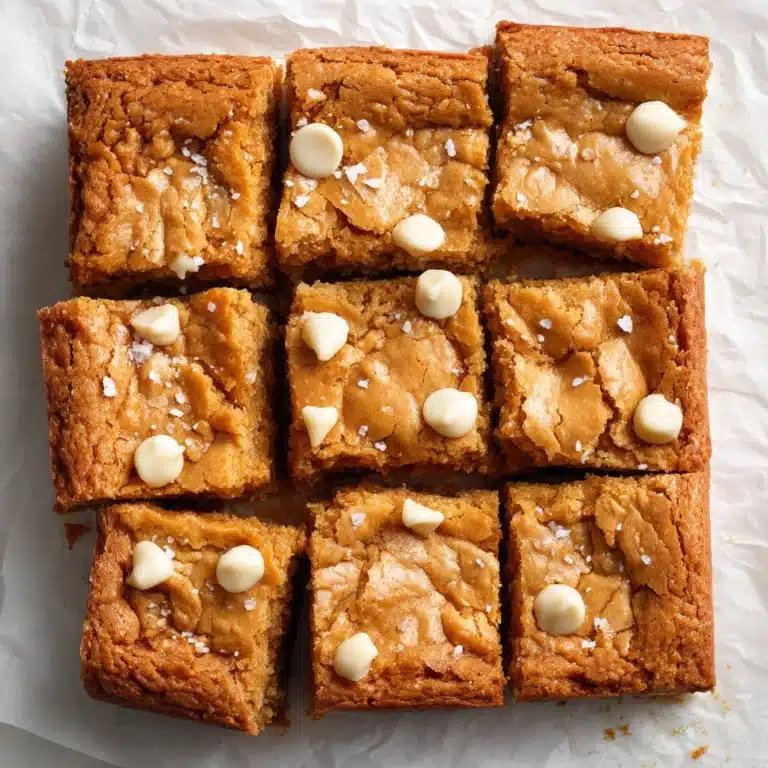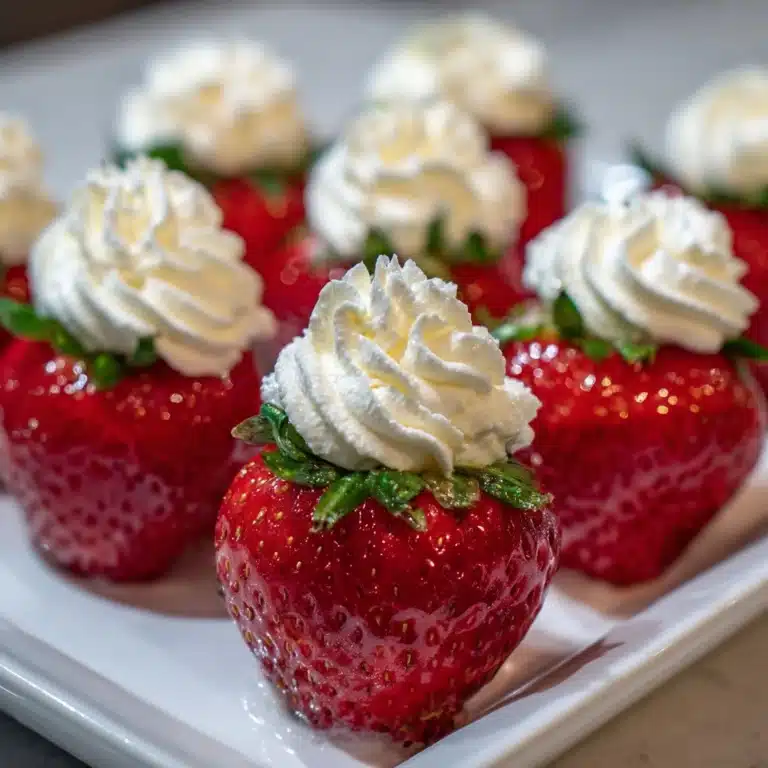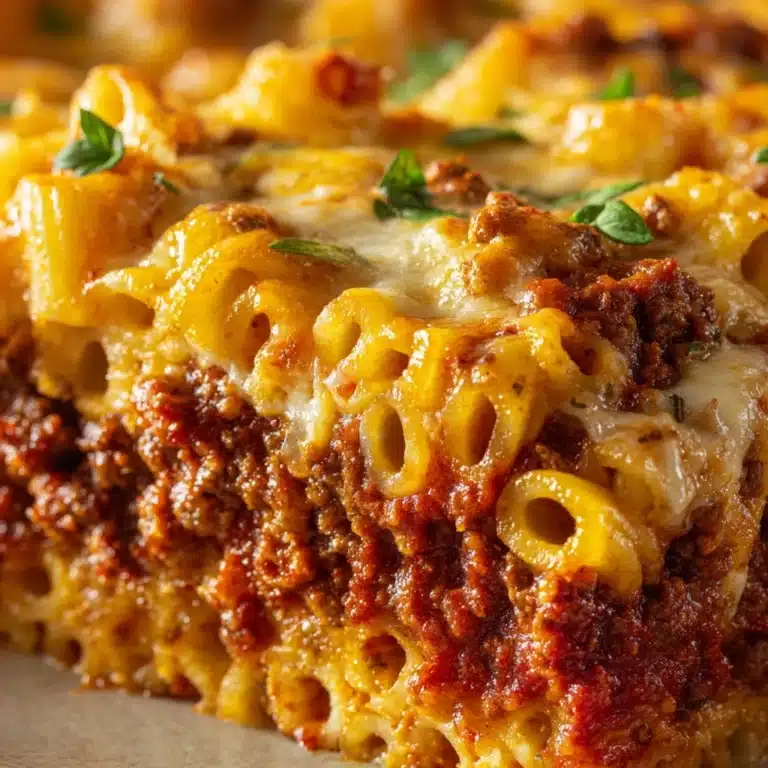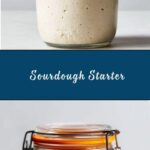If you’ve ever dreamed of baking incredible bread right in your own kitchen, you’re about to embark on a delicious adventure: making your own Easy Sourdough Starter. This fantastic little ferment is the key to authentic sourdough flavor in everything from rustic loaves to pancakes. It takes just flour, water, and a bit of patience to harness the power of wild yeast and bring your baking to life with tangy, nuanced aromas and a perfectly chewy crumb.
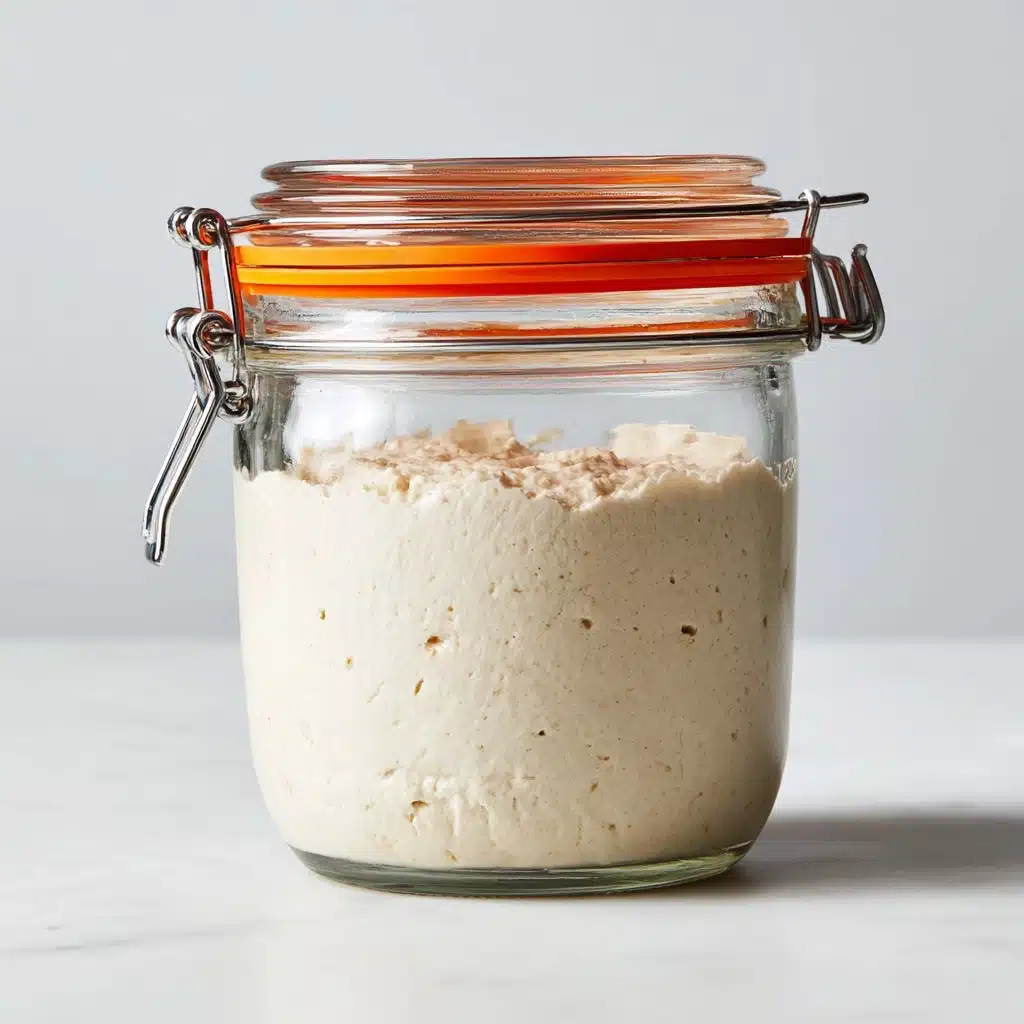
Ingredients You’ll Need
-
Ingredients:
- 1 cup (120g) whole wheat or all-purpose flour
- 1/2 cup (120ml) filtered or non-chlorinated water
How to Make Easy Sourdough Starter
Step 1: Mix Flour and Water
In a clean glass jar or bowl, combine your flour and water. Stir like you mean it with a wooden spoon or spatula until no dry pockets remain and you’ve got a thick, smooth batter. This is where the microbial magic kicks off!
Step 2: Cover and Rest
Scrape down the sides so nothing dries out, then cover your jar loosely with a cloth or paper towel and secure it with a rubber band. Set it at room temperature, ideally around 70°F (21°C), away from any direct sunlight. Give your future starter a little peace and quiet to do its thing.
Step 3: Daily Feeding Ritual
Every 24 hours, discard about half of your starter (roughly 1/2 cup), then feed it with another 1 cup of flour and 1/2 cup of clean water. Stir to combine, cover again, and repeat the process every day. This keeps your Easy Sourdough Starter lively and strong.
Step 4: Watch for Bubbles and Growth
By days 3 to 5, you should notice bubbles forming and a slightly tangy aroma. The starter will also get lighter and should start to double in size between feedings—that’s a sign that your wild yeast and bacteria are partying!
Step 5: The Float Test and Ready to Use
Once your starter is bubbly, airy, and has that unmistakable sour smell, it’s time for the float test: drop a spoonful into a glass of water—if it floats, you’re ready to bake! At this point, you’ve officially made your own Easy Sourdough Starter. Transfer it to the fridge if you’re not baking daily and feed it once a week to keep it happy.
How to Serve Easy Sourdough Starter
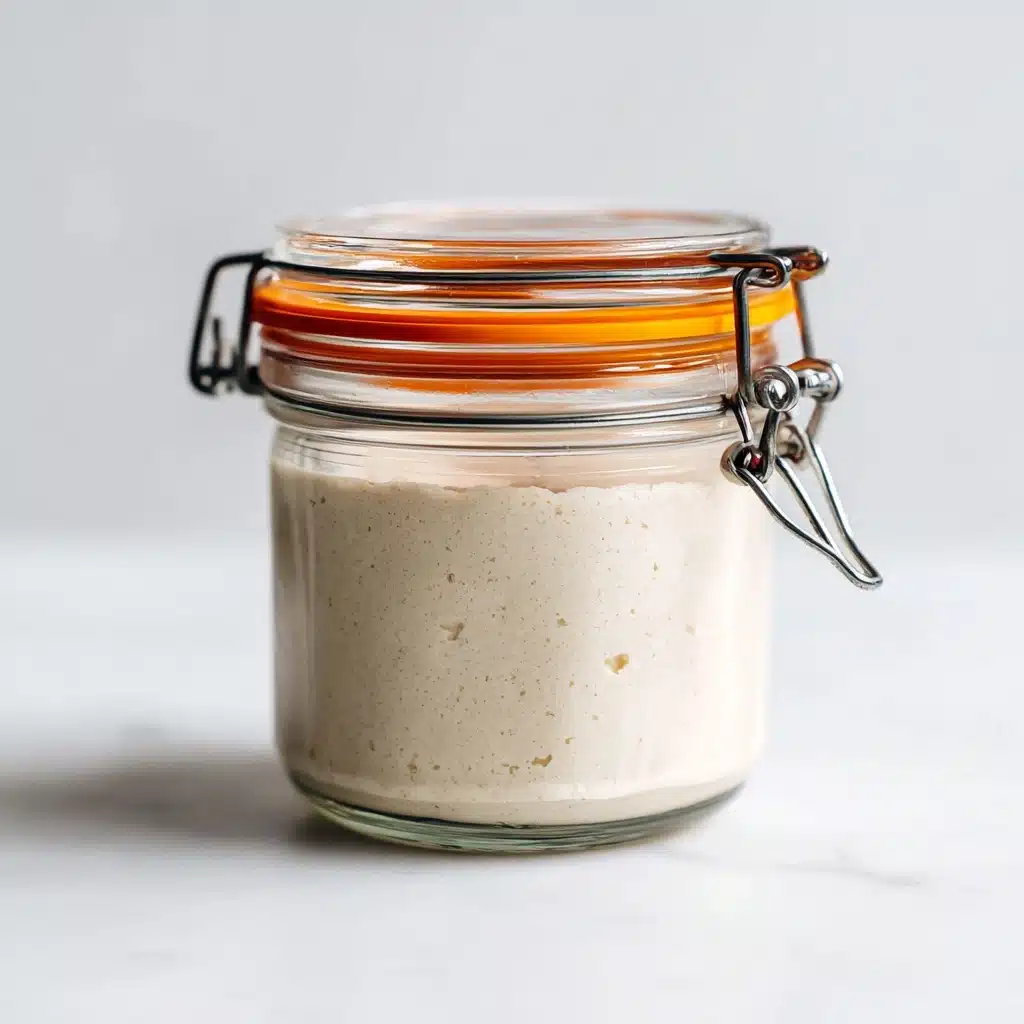
Garnishes
Serve up bakes made from your Easy Sourdough Starter with a flourish—think a sprinkle of flaky sea salt, fresh herbs, or a touch of toasted sesame. Even a pat of cold butter can turn a slice of homemade sourdough into something truly memorable!
Side Dishes
Pair your warm, crusty sourdough with classic sides like herbed olive oil, tangy cheeses, or a vibrant seasonal soup. Sourdough’s subtle tanginess plays beautifully with charcuterie boards, creamy dips, or just a bowl of olives for a simple stunner.
Creative Ways to Present
Get inventive by transforming your starter discard into crackers, pancakes, or fluffy waffles. Arrange sourdough slices on a wooden board with honey, nuts, and jams for a tasty brunch centerpiece—your Easy Sourdough Starter unlocks endless creative possibilities beyond just loaves!
Make Ahead and Storage
Storing Leftovers
If you aren’t baking daily, stash your Easy Sourdough Starter in the refrigerator, loosely covered. Feed it once a week to keep your wild yeast colony vigorous and ready for bread-baking action whenever the spirit moves you.
Freezing
Need a longer break? You can freeze a portion of your starter for up to 3 months. Let it thaw in the fridge, then bring it to room temperature and resume regular feedings to revive its bubbly character.
Reheating
Sourdough starter doesn’t require reheating, but if you’re making bread or pancakes from it, just allow the starter to warm up to room temperature before feeding or using in recipes for optimum activity and rise.
FAQs
Can I switch flours after starting my Easy Sourdough Starter?
Yes! You can start with whole wheat for a flavor and fermentation boost, then transition to all-purpose flour for a milder taste and lighter crumb—just make the change gradually over a few feedings.
Why does my starter smell weird after a few days?
A tangy, sometimes even cheesy smell is completely normal as wild yeast and bacteria establish themselves. If you notice any pink, orange, or fuzzy growth, discard the starter and start anew to keep things safe.
How do I know if my Easy Sourdough Starter is ready to bake with?
Look for lots of bubbles, a pleasantly sour aroma, and reliable doubling in size after feeds. If it passes the float test (a spoonful floats in water), it’s good to go!
What should I do with all the starter I have to discard?
Don’t throw it away! Use starter discard in pancakes, waffles, crackers, muffins, or quick breads for a delicious hint of sourdough flavor without any waste.
Can I feed my Easy Sourdough Starter less often?
Absolutely—if you’re not baking regularly, keep your starter in the fridge and feed it about once a week. Just bring it back to room temperature and revive with a few daily feeds before using in recipes.
Final Thoughts
This Easy Sourdough Starter isn’t just a recipe—it’s an experience, a bit of kitchen magic you’ll revisit again and again. Give it a try, embrace the simplicity, and savor the joy of crusty, tangy bread baked entirely from scratch. Your future self (and your friends and family) will thank you!
Print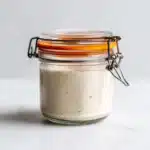
Easy Sourdough Starter Recipe
- Total Time: 5 minutes plus 5-7 days fermentation
- Yield: 1 sourdough starter 1x
- Diet: Vegan
Description
Learn how to make an easy sourdough starter at home with just two simple ingredients. This step-by-step guide will help you cultivate your own wild yeast for delicious sourdough bread.
Ingredients
Ingredients:
- 1 cup (120g) whole wheat or all-purpose flour
- 1/2 cup (120ml) filtered or non-chlorinated water
Instructions
- Combine Flour and Water: In a clean glass jar or bowl, mix the flour and water until smooth.
- Feed Your Starter Daily: Discard half of the starter, then add fresh flour and water. Repeat for 5 to 7 days.
- Look for Signs of Fermentation: Bubbles, sour smell, and doubling in size indicate readiness.
- Perform the Float Test: When bubbly and passing the float test, your starter is ready to use.
- Store Your Starter: Keep it in the refrigerator and feed weekly if not baking regularly.
Notes
- Use filtered or non-chlorinated water for best results.
- For enhanced flavor, start with whole wheat flour before transitioning to all-purpose.
- Prep Time: 5 minutes
- Cook Time: 0 minutes
- Category: Bread
- Method: Fermenting
- Cuisine: Various
Nutrition
- Serving Size: 1 tablespoon starter
- Calories: 15
- Sugar: 0g
- Sodium: 0mg
- Fat: 0g
- Saturated Fat: 0g
- Unsaturated Fat: 0g
- Trans Fat: 0g
- Carbohydrates: 3g
- Fiber: 0g
- Protein: 0g
- Cholesterol: 0mg
